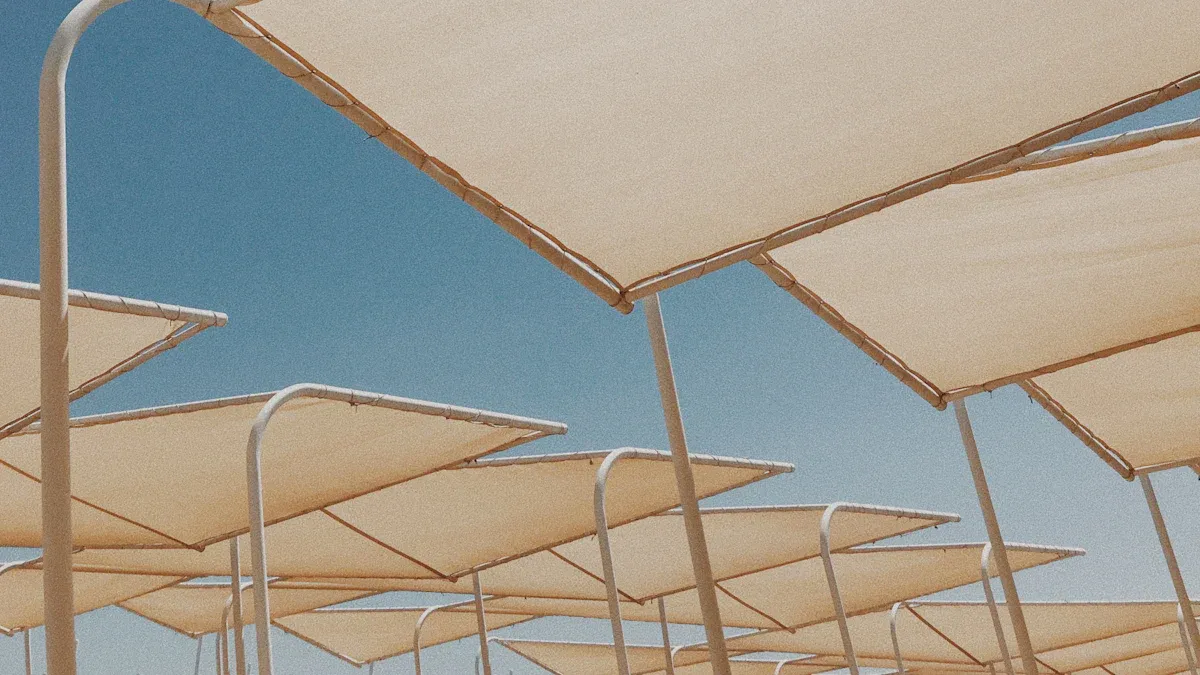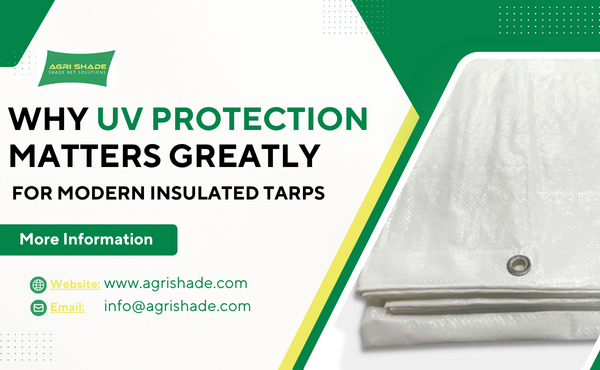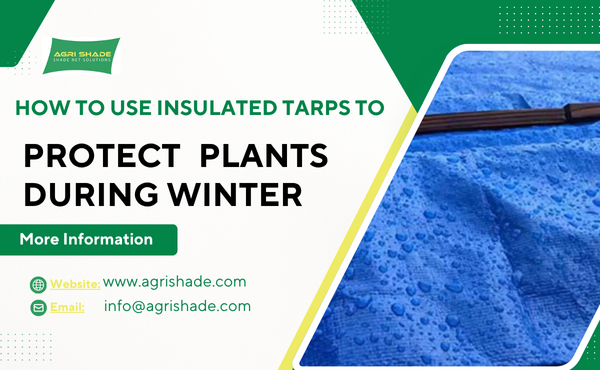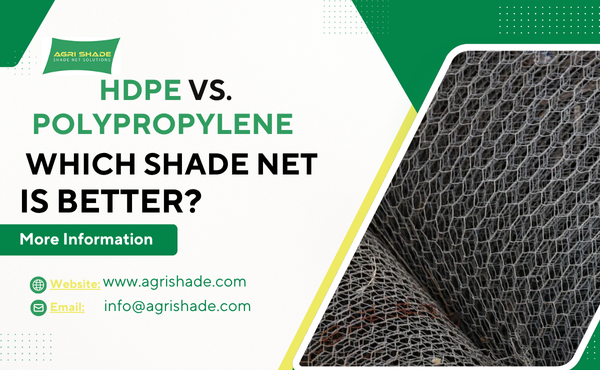A waterproof sun shade protects outdoor spaces by using advanced fabrics and sealed seams. These features block rain and shield against strong sunlight. UV protection helps prevent fading and damage.
Durable construction withstands wind and ensures long-lasting comfort. Good drainage stops water from pooling, keeping areas dry and safe.
Homeowners and businesses choose waterproof sun shade sails for reliable coverage and improved outdoor enjoyment.
Waterproof Sun Shade Sails Features
Waterproof Fabrics
A waterproof sun shade uses special shade cloth material to block water and protect outdoor spaces. Manufacturers often choose high-density polyethylene (HDPE) or PVC-coated polyester for these products. HDPE resists moisture and dries quickly. PVC-coated polyester adds an extra layer that stops rain from passing through. The thickness of the fabric, measured in grams per square meter (GSM), affects its strength and waterproof ability.
Higher GSM numbers mean thicker, more durable material. A waterproof sun shade with a high GSM rating can handle heavy rain and strong sunlight. These fabrics also resist mold and mildew, which helps them last longer outdoors.
Sealed Seams
Seams play a big role in keeping a waterproof sun shade effective. Water can seep through weak or poorly stitched seams. To prevent leaks, manufacturers use advanced seam technology. They often heat-seal or tape the seams, which creates a tight barrier against water.
This process keeps the fabric strong and stops rain from getting inside. Sealed seams also help the sun shade keep its shape, even after many uses. When seams stay sealed, the entire structure remains reliable during storms and wet weather.
UV Protection
A waterproof sun shade does more than block rain. It also protects people and furniture from harmful ultraviolet (UV) rays. The fabric contains special coatings or additives that reflect or absorb UV light.
This feature helps prevent sunburn and reduces the risk of skin damage. UV protection also keeps the fabric from fading or breaking down over time.
Outdoor spaces stay cooler and more comfortable under a sun shade with strong UV-blocking properties. Many waterproof sun shade sails can block up to 95% of UV rays, making them a smart choice for sunny areas.
Weather Resistance
Weather resistance means the waterproof sun shade can handle more than just rain. The fabric and seams must stand up to wind, sun, and changing temperatures.
Reinforced edges and strong stitching help the sun shade resist tearing during storms. Some designs include curved or tensioned shapes that let wind pass over the surface, reducing the risk of damage.
The materials also resist fading and cracking, even after months of exposure to sunlight. Good weather resistance ensures the sun shade provides reliable protection year after year.
Tip: Always check the GSM rating and seam construction before buying a waterproof sun shade. These details show how well the product will perform in tough weather.
Design and Structure
Shape and Size
The shape and size of a waterproof sun shade play a big role in its performance. Common waterproof shade sails shapes include triangles, rectangles, and squares. Each shape offers different coverage and fits various outdoor spaces.
Triangular sails work well in small areas or corners. Rectangular and square sails cover larger patios or gardens. The right size helps prevent gaps where rain or sunlight could enter. Larger sails need stronger support to stay secure during storms. Many people choose overlapping sails for extra coverage and style.
Tip: Measure the area before buying a sun shade. This step ensures the sail fits well and provides full protection.
Drainage and Wind Resistance
Good drainage keeps water from pooling on the fabric. Most waterproof sun shade designs use a slight curve or tension in the fabric. This shape lets rainwater run off the edges quickly.
Reinforced edges and corners add strength and help the sail keep its shape. Strong stitching and tensioned lines stop the fabric from sagging. These features also help the sail resist strong winds.
Some designs use curved sides, which allow wind to flow over the surface instead of pushing against it. This reduces the risk of tearing or damage during storms.
- Key features for drainage and wind resistance:
- Curved or tensioned fabric
- Reinforced edges and corners
- Strong attachment points
Installation Hardware
Secure installation hardware is important for safety and durability. Most waterproof sun shade sails come with stainless steel D-rings at each corner. These rings connect to mounting points like posts, walls, or trees.
Tensioning devices, such as turnbuckles or pulleys, help keep the fabric tight. Proper hardware prevents the sail from flapping or coming loose in bad weather. Some kits include ropes, pad eyes, and snap hooks for easy setup. Always use hardware that matches the size and weight of the sail.
Note: Regularly check all hardware for signs of wear or rust. Replace any damaged parts to keep the sun shade safe and secure.
Benefits of Waterproof Sun Shade Sails
Rain and Sun Protection
A waterproof sun shade provides reliable shelter from rain and harsh sunlight. The fabric blocks water, keeping patios, decks, and gardens dry during storms. People can enjoy outdoor activities without worrying about sudden showers.
The material also shields against ultraviolet rays, which helps protect skin and prevents furniture from fading. Families and guests stay comfortable under the shade, even on hot summer days. Many homeowners notice that shaded areas feel cooler and more inviting.
Tip: Place seating or dining areas under the sun shade to create a safe spot for relaxation in any weather.
Versatility for Outdoors
Waterproof sun shade sails suit many outdoor spaces. People install them over patios, playgrounds, pools, and parking areas. The sails come in different shapes and sizes, so they fit small corners or large open spaces.
Some users combine several sails for extra coverage or unique designs. The flexible installation options allow for creative layouts. Businesses use these shades to cover outdoor seating or walkways, improving comfort for customers and staff.
- Common uses for waterproof sun shade sails:
- Backyard patios
- Garden seating
- Poolside lounges
- Outdoor dining areas
- Playgrounds
Low Maintenance
Waterproof sun shade sails require little upkeep. The fabric resists mold, mildew, and stains, so cleaning is easy. Most people wash the surface with mild soap and water. The sealed seams and strong materials help the shade last for years without frequent repairs.
Owners check the hardware and tension occasionally to ensure safety. The low maintenance saves time and money, making these shades a practical choice for busy households and businesses.
Note: Regular inspections help extend the life of the sun shade and keep outdoor spaces looking fresh.
Choosing Your Waterproof Sun Shade
Key Considerations
Selecting the right sun shade for outdoor spaces requires attention to several important factors. Size matters most. Measure the area that needs coverage before making a purchase.
A sail that fits well will block rain and sunlight more effectively. Material selection also plays a key role. HDPE and PVC-coated polyester offer strong protection against moisture and UV rays. Check the GSM rating. Higher numbers mean thicker fabric and better durability. Installation method affects safety and performance. Stainless steel hardware, such as D-rings and turnbuckles, keeps the sail secure.
Reinforced edges and corners add strength. Consider the shape of the sail. Triangular sails suit small spaces, while rectangular or square sails cover larger areas. Overlapping sails can provide extra coverage.
Tip: Create a checklist before shopping. Include measurements, preferred material, GSM rating, and hardware needs.
| Feature | Why It Matters | What to Look For |
|---|---|---|
| Size | Ensures full coverage | Matches area dimensions |
| Material | Blocks rain and UV | HDPE, PVC-coated polyester |
| GSM Rating | Indicates durability | Higher numbers |
| Hardware | Secures installation | Stainless steel, reinforced |
| Shape | Fits space requirements | Triangle, rectangle, square |
Common Mistakes
Many buyers overlook key details when choosing a sun shade. Ignoring the GSM rating often leads to weak fabric that tears easily. Some people select the wrong size, leaving gaps that let water or sunlight through. Improper installation causes the sail to sag or flap in the wind. Using low-quality hardware increases the risk of damage during storms.
Failing to tension the fabric correctly allows water to pool, which can shorten the lifespan of the shade. Overlooking reinforced edges and corners may result in tearing. Buyers sometimes forget to check for sealed seams, which are essential for waterproof performance.
Note: Avoid these mistakes by reviewing product specifications and following installation instructions carefully.
Conclusion
Waterproof sun shade sails use strong fabrics, sealed seams, and UV protection to shield outdoor spaces. These features help people enjoy patios and gardens in any weather. They also make outdoor areas safer and more comfortable.
Buyers should check these key points before choosing a sun shade sail:
- High GSM fabric for durability
- Sealed seams for waterproofing
- UV protection for safety
- Proper size and shape for coverage
- Quality installation hardware




















